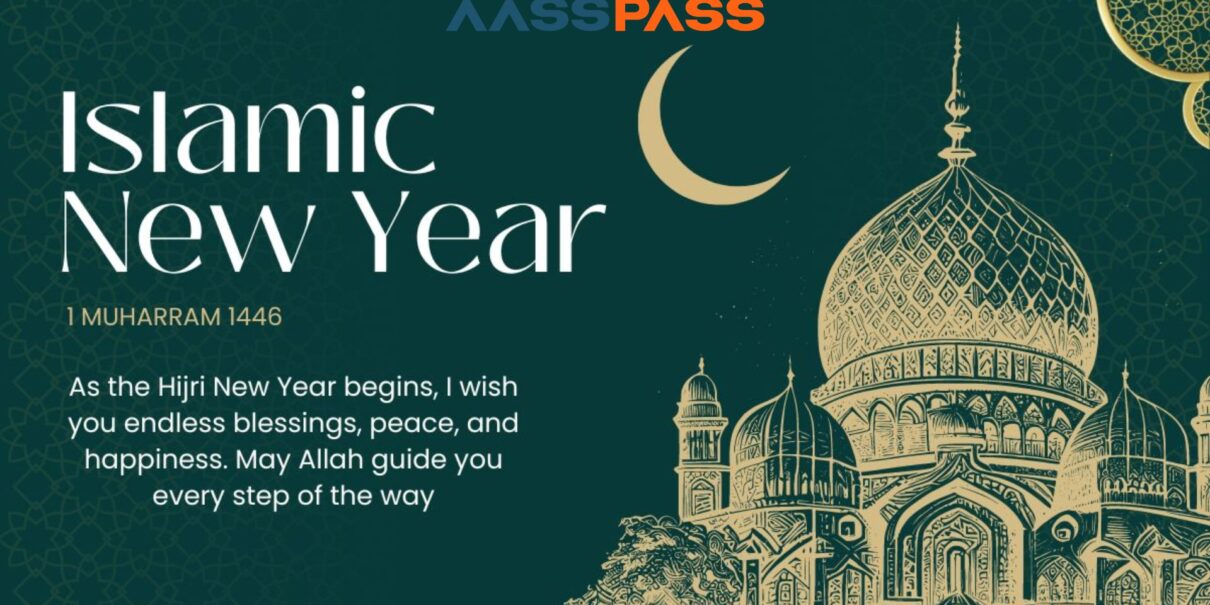The Islamic New Year, which is the first day of the Islamic calendar, dates back to the migration of the Prophet Muhammad and his followers from Mecca to Medina in the year 622 C.E., which is known as the Hijra.
Prior to the Hijra, the Muslims in Mecca were a small group of people, opposed and often persecuted by the dominant powers in the city who rejected the belief in the oneness of God and the prophethood of Muhammad. An earlier migration to Christian Abyssinia had provided temporary refuge for a few Muslims. In 622 C.E., Muhammad and about two hundred followers migrated to nearby Yathrib, which later became known as Medinat an-Nabi, “City of the Prophet,” which later became simply Medina. It was in Medina that the first Islamic community was established. Muhammad laid out the rights and duties of all citizens of Medina in a charter, which became known as the “Constitution of Medina.” This charter delineated the relationship between Muslims and other faith communities, while guaranteeing them their rights.
The Islamic calendar therefore begins in the year 622 C.E., and is known as the Hijri calendar. It is a lunar rather than a solar calendar, and therefore depends on the sighting of the new crescent moon to determine the start of each month. It is for this reason that events such as Ramadan or the two festivals, Eid ul-Fitr (Festival of Breaking the Fast) and Eid ul-Adha (Festival of the Sacrifice) move eleven days earlier each year. As such, Islamic observances are not tied to any season or time of the year, but rather to the event itself. This also assures that with the variations in temperature and length of the day, observances such as Ramadan are shared in an equal manner by people in different locations around the world.

Leave a Reply